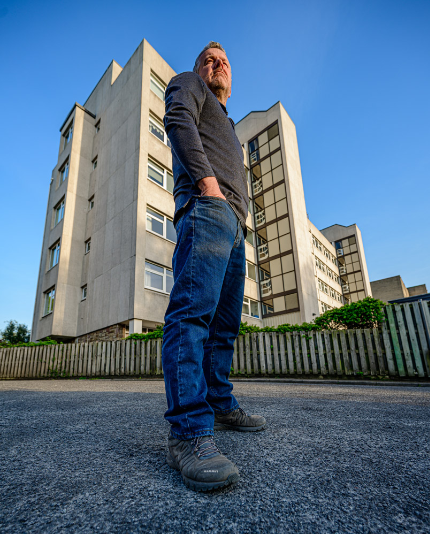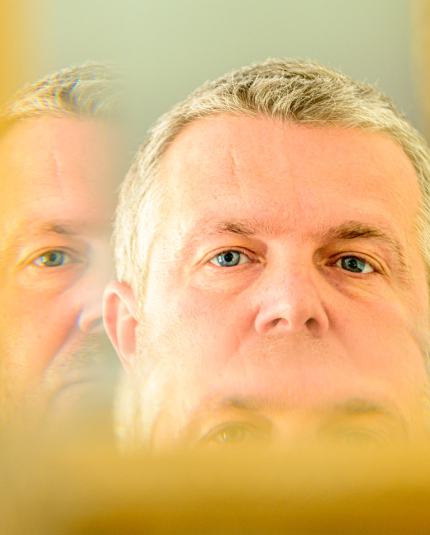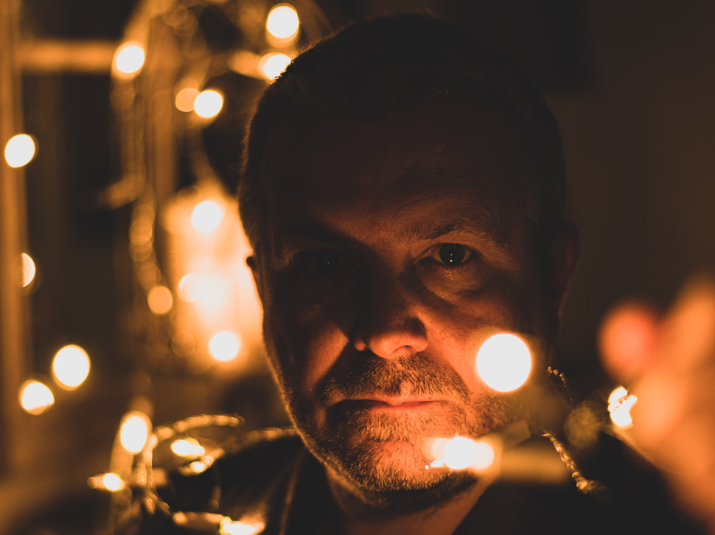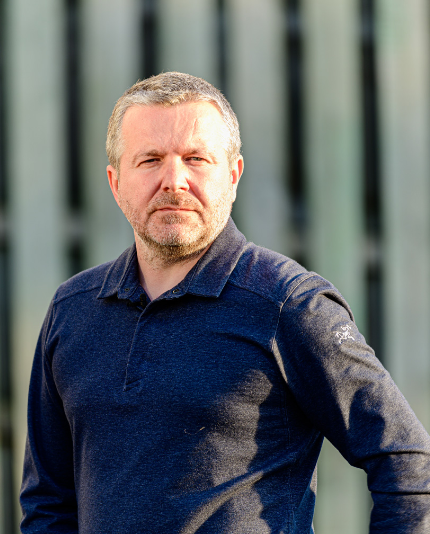Portrait Photography
Are you trying to shoot better portraits while at home? Check out the following tips which should help you shoot some inspiring portrait images, whether you are shooting with window light, ambient light in the garden or with light modifiers. Using these techniques, you can shoot a range of different portraits, be it a self portrait, a group shot of loved ones or friends.
First step is to think about the light. If you’ve taken part in the previous #CreateYourLight challenges about how to shoot with window light or using ‘gear hacking’ tips to build your own home studio or light modifiers, you will have an understanding of the type of light you want to work with. The light in your image is very important, and is often the difference between a snapshot and great photo. For more information on understanding light, you might want to take a look at both our gear hacking and shooting with window light hints and tips pages.
Composition
How you compose your image is crucial to getting a great portrait. Your viewpoint, angle and framing are very important to ensure you get the best image possible. If you are looking at a scene and can’t work out how to frame or compose the image, there are some universal composition techniques that could give you inspiration. Remember the composition of your image does not need to be complicated, often the simplest compositions make for the most striking images and don’t forget that
composition includes all of the items in the image, not just your main subject.
Composition in photography is not a science, what works for one image will not always work for another. Your lens choice and the viewpoint you choose will also impact the composition and the way your final image looks.
Don’t forget that using light correctly is also a key element of composition, when you look at a photo or painting your eye has a natural tendency to be drawn to the brightest part of the image. If we use light carefully in our images, we can use this knowledge to direct anyone looking at the image exactly where we want them to look. This combined with some of the other tips below regarding lens choice and aperture selection help us to make the viewer pay even more attention to the subjects in our portraits. Try some out some of these composition ideas:
Simplify the Scene
By simplifying your portrait composition you will immediately draw the viewer’s eye into the main part of your image. Some of the most powerful images are actually very simple compositions. As a general rule images that have simple composition elements tend to be more appealing than complicated ones that need an explanation of what someone is looking at.
Implied Direction
When you look at a portrait, you tend to follow the subject's gaze. This leads your eye in the direction the subject is looking. The most common approach is to have a subject on the left or right of an image and them looking into the frame and towards the main light source. If however, you want to provoke a sense of mystery with your image, have your subject look ‘out’ of the frame. This can leave the viewer intrigued and wondering what the subject is looking at just out of shot.
Leading Lines
Leading lines can be used to control exactly where you want the viewers eyes to look in your image. The concept is a simple one, you use lines in your image to take your viewers eyes toward the main subject in your portrait. Leading lines do not have to be straight; curves and diagonal can also be used to great effect.






